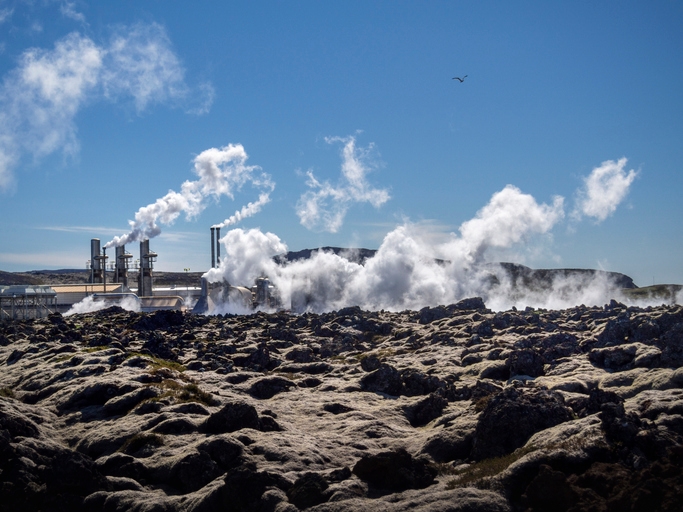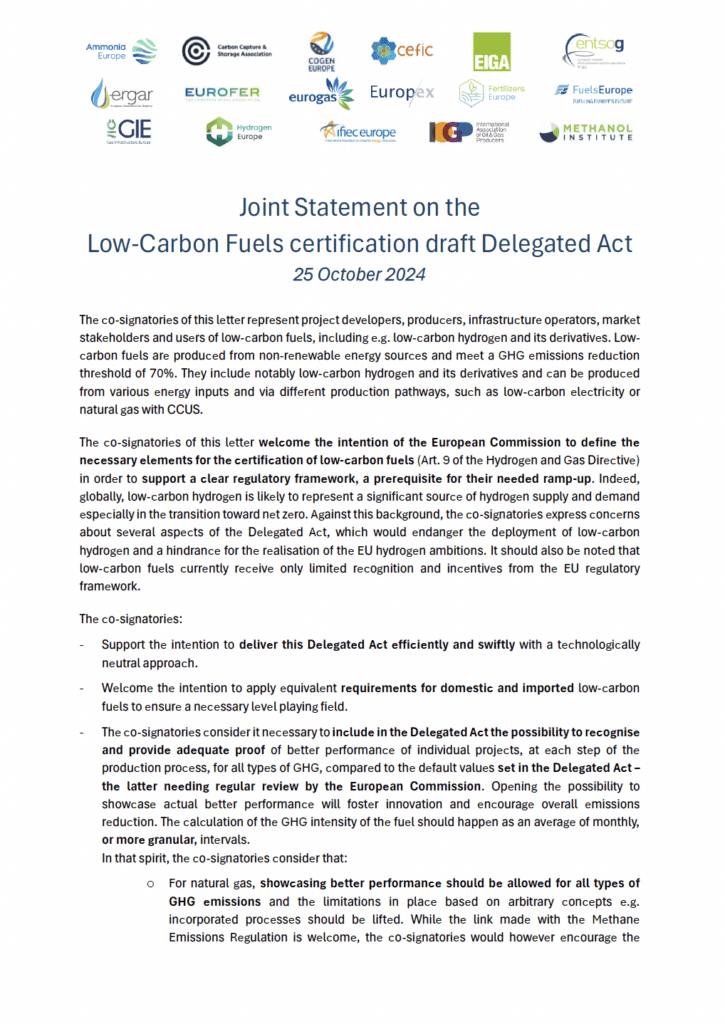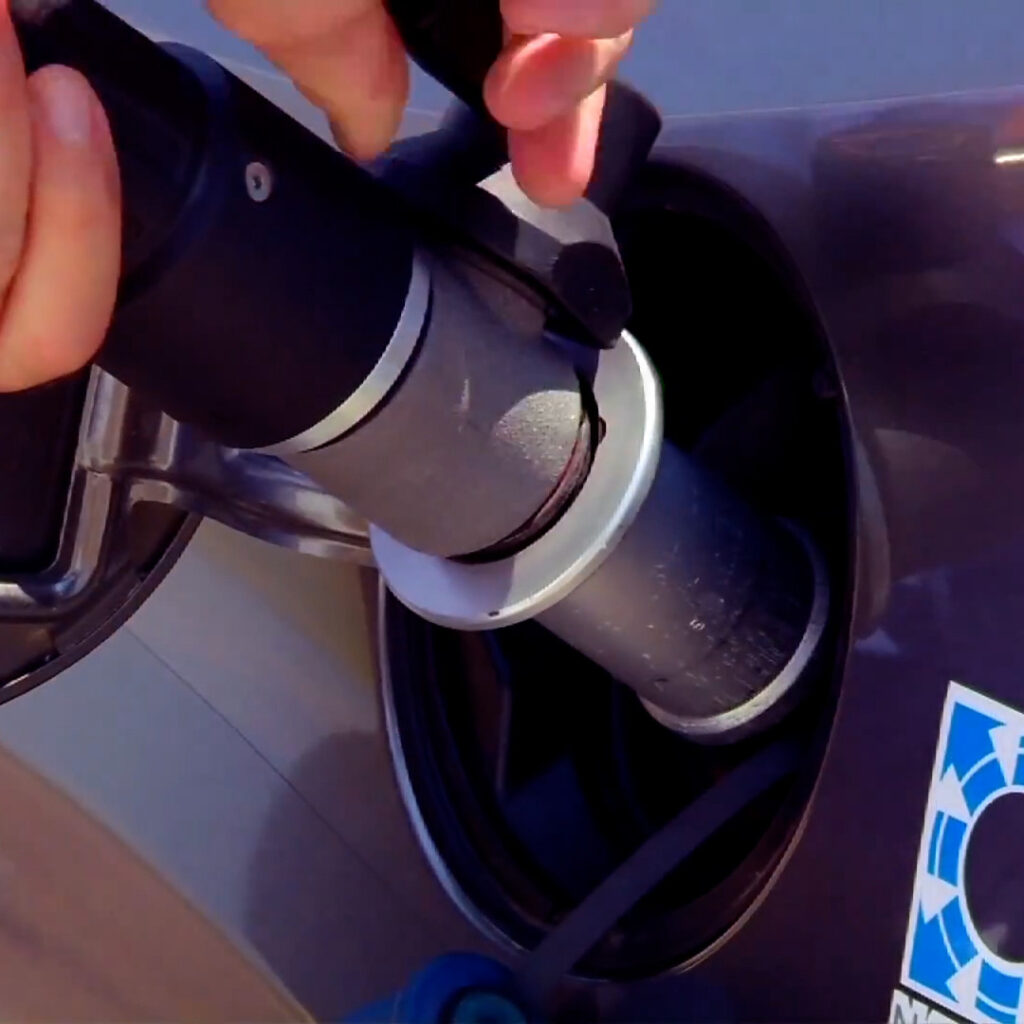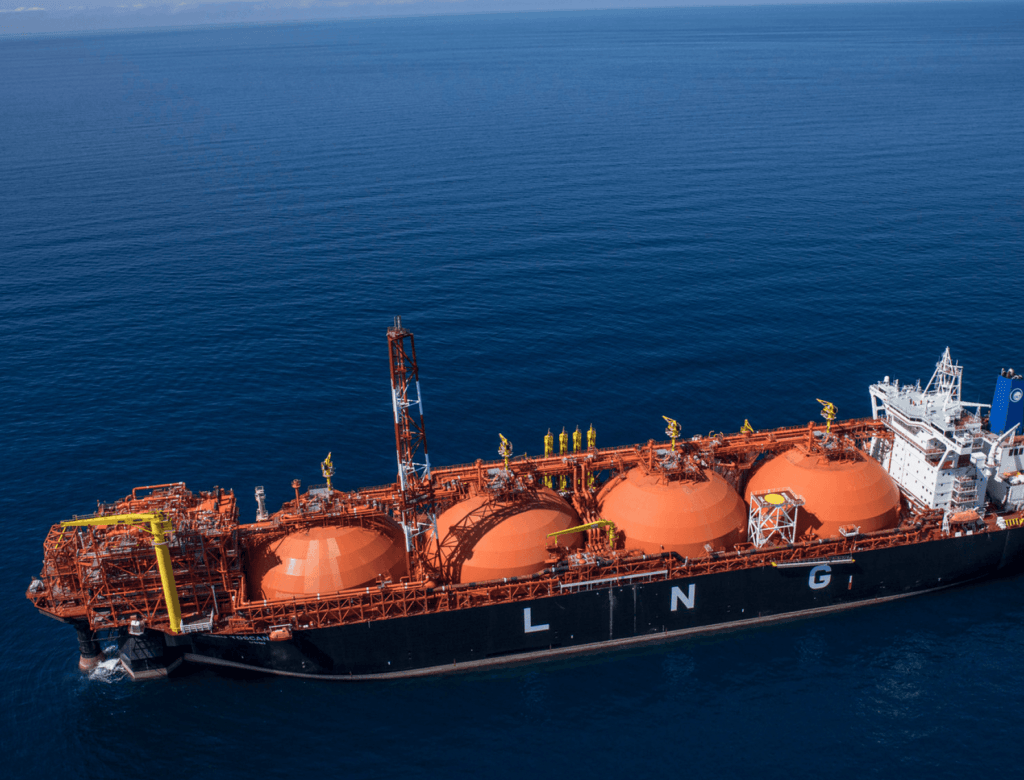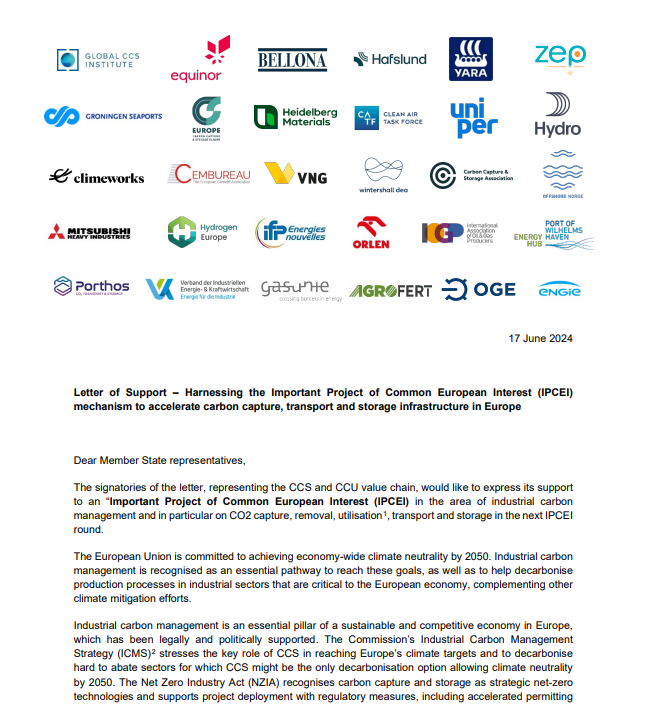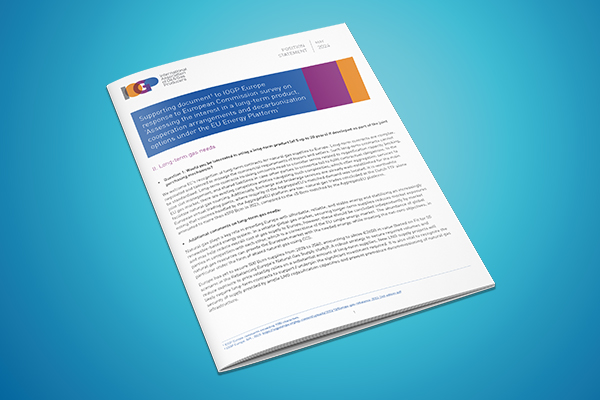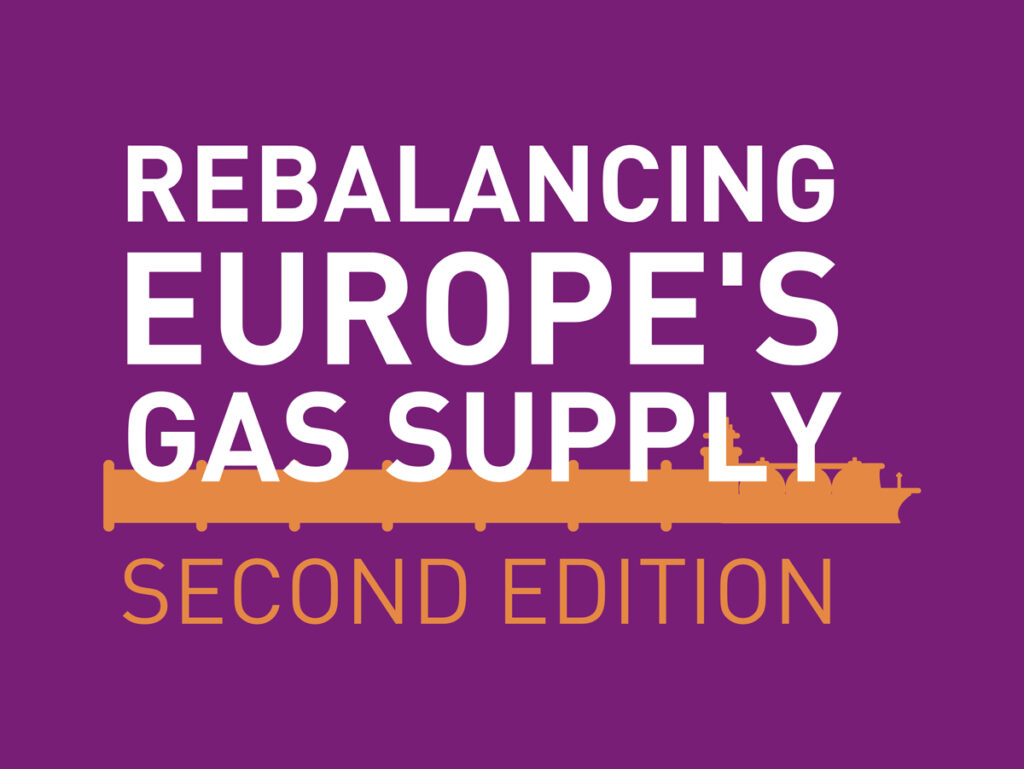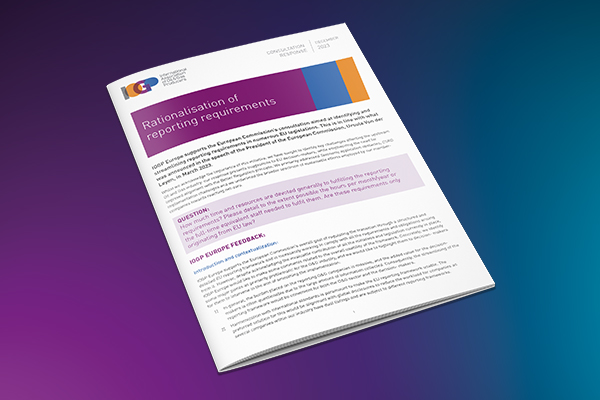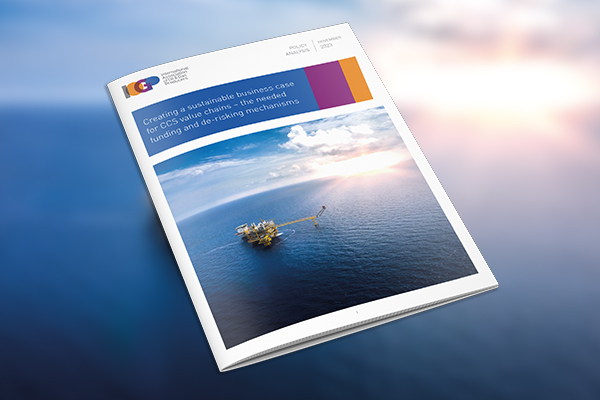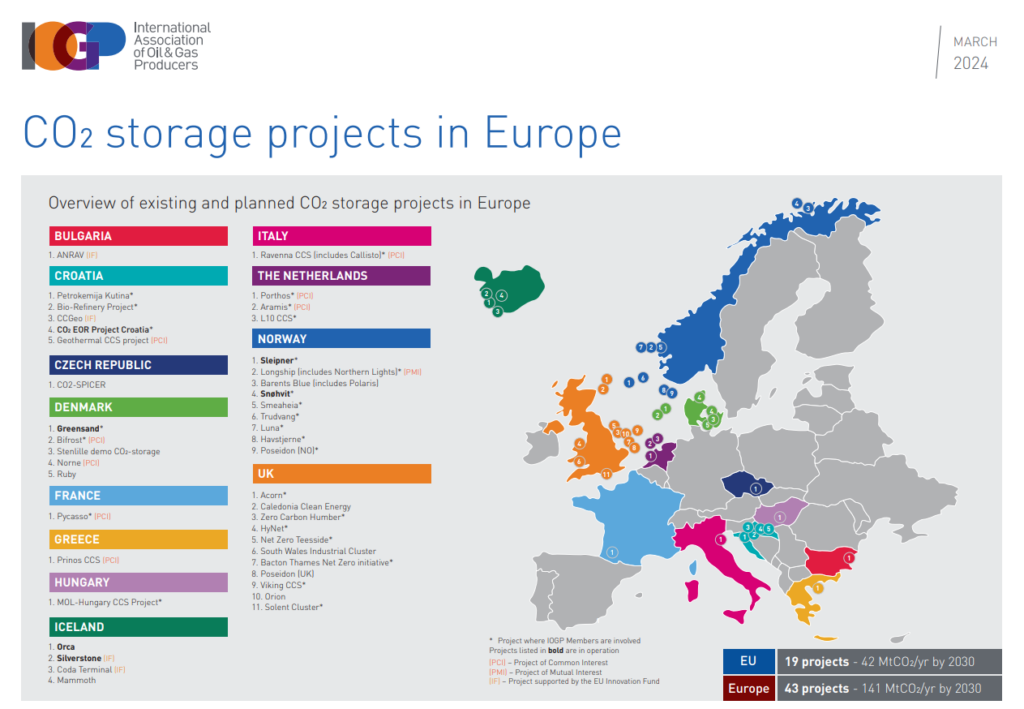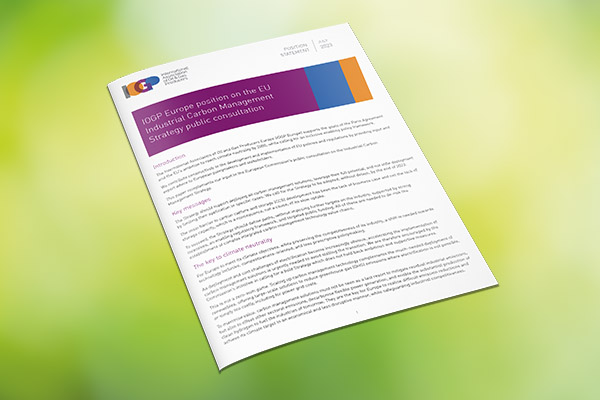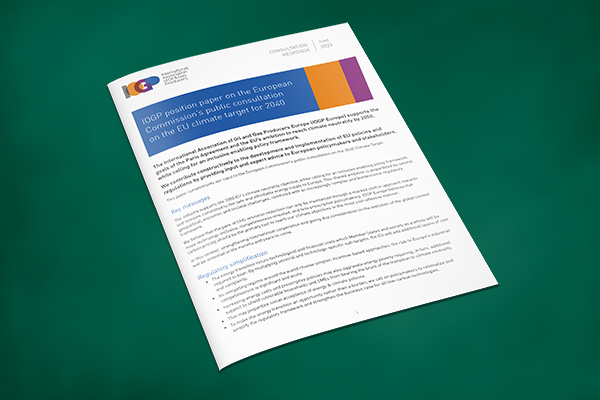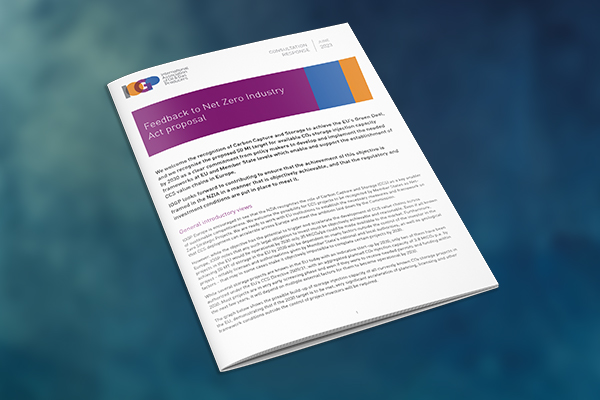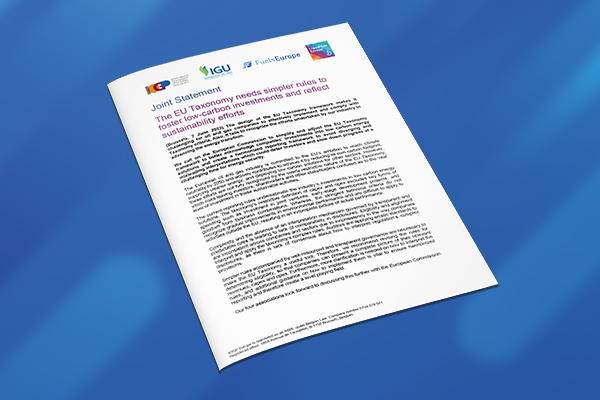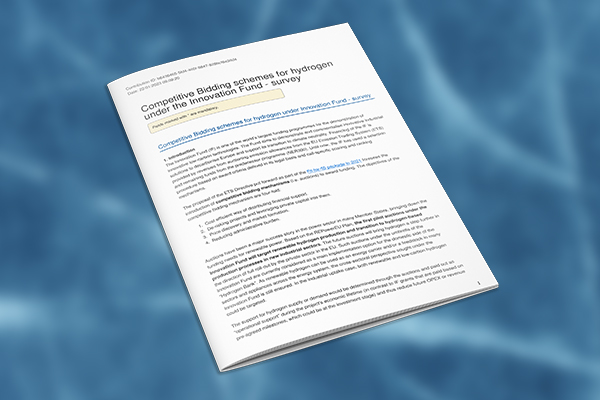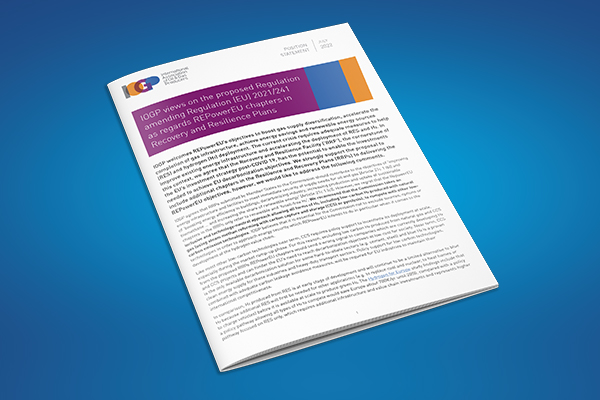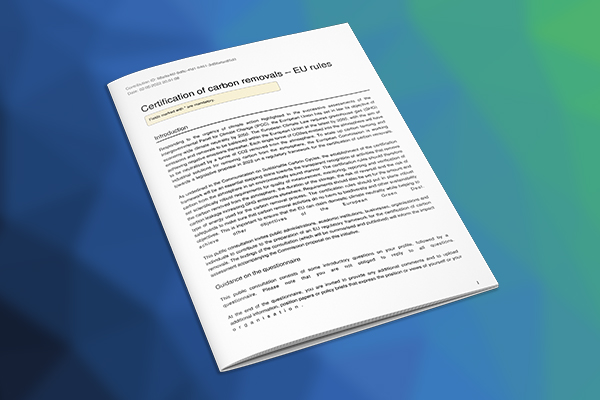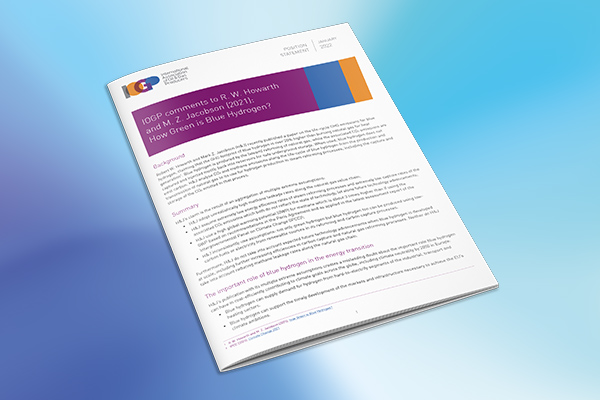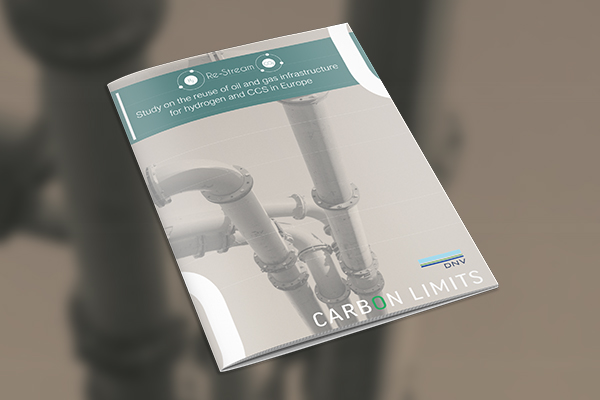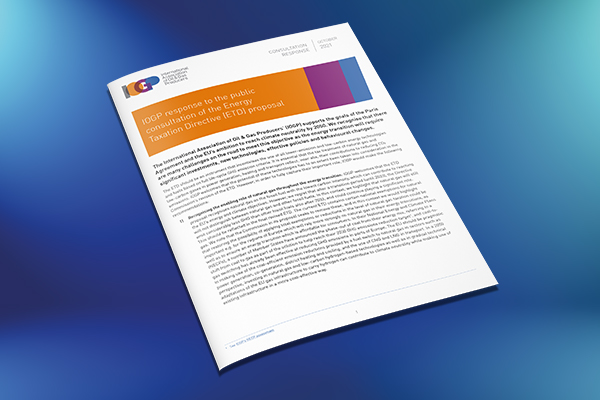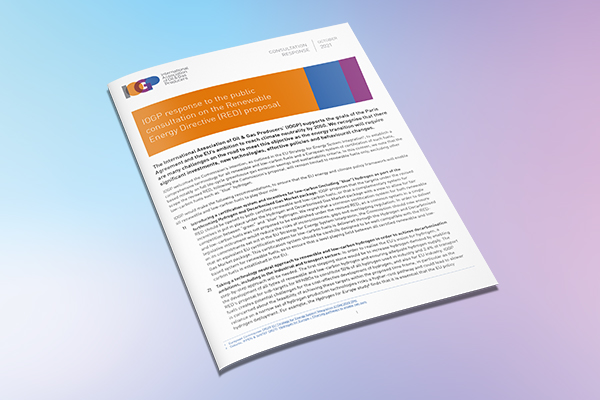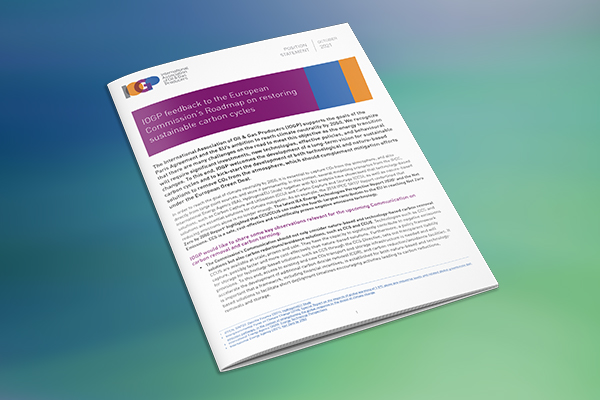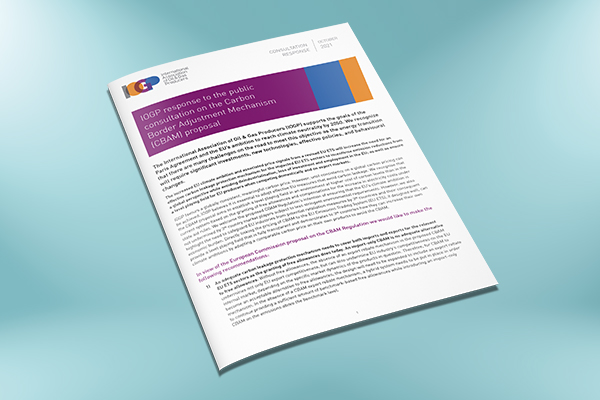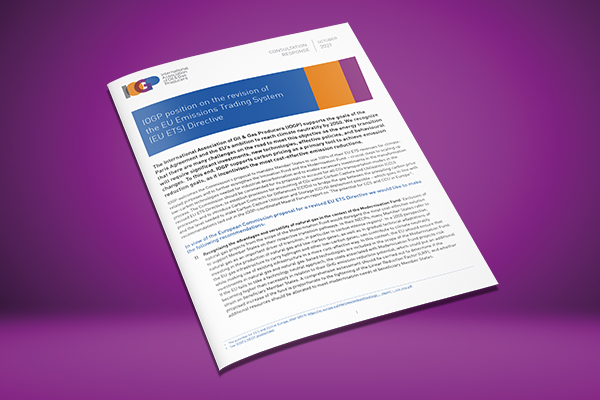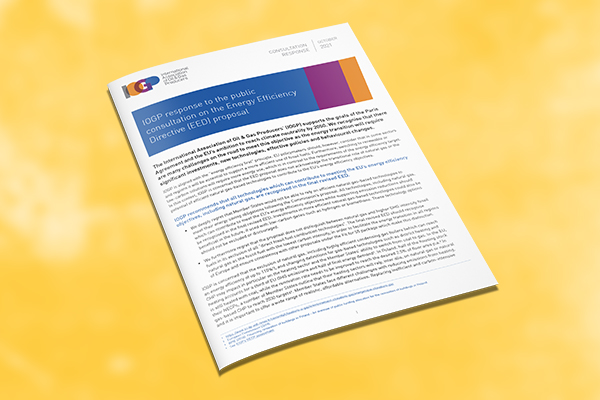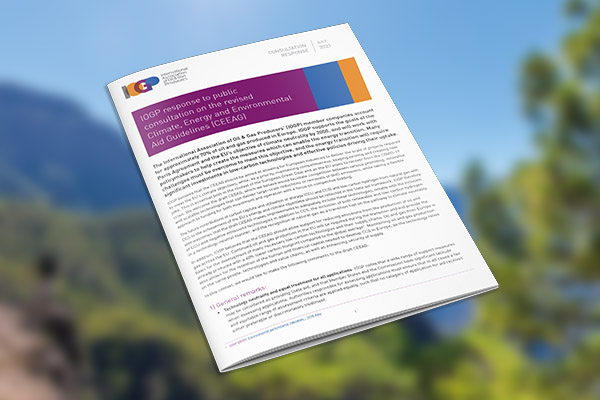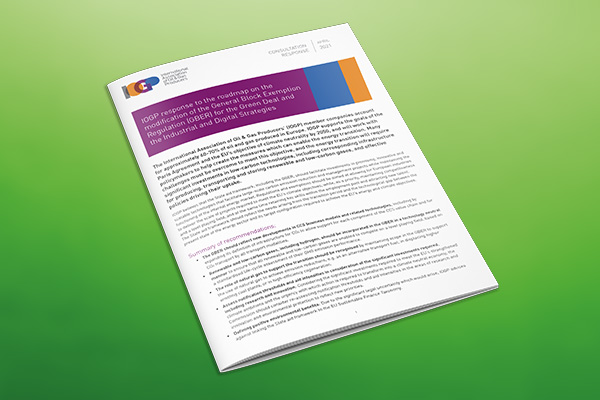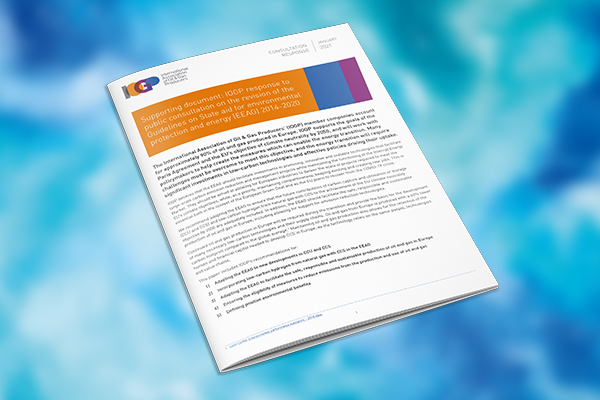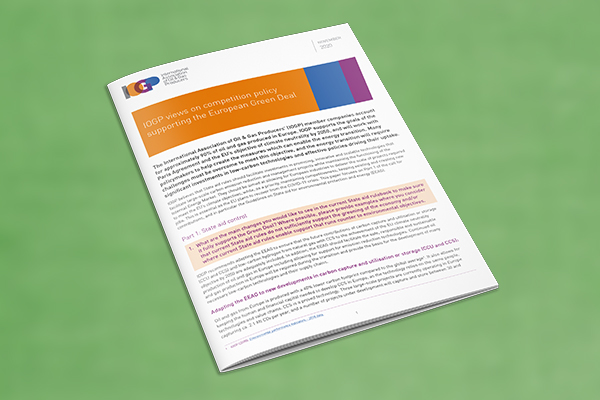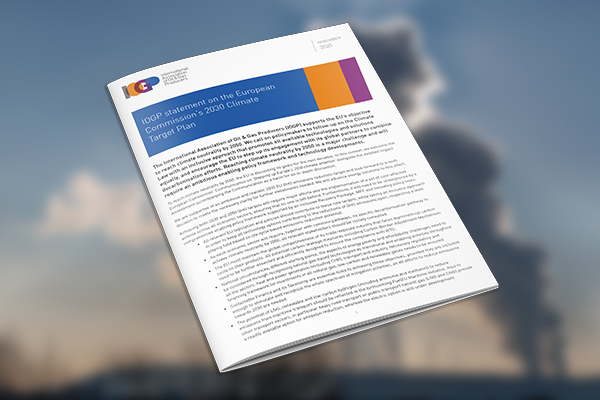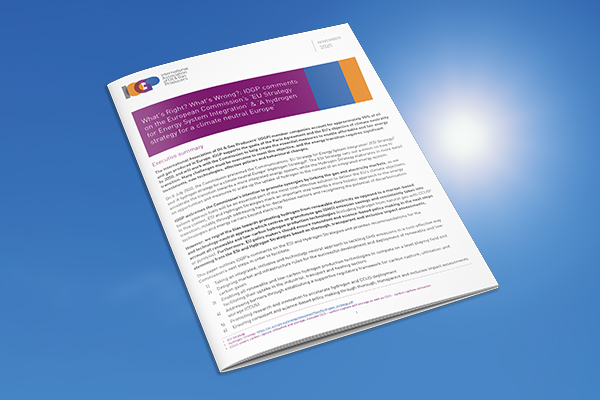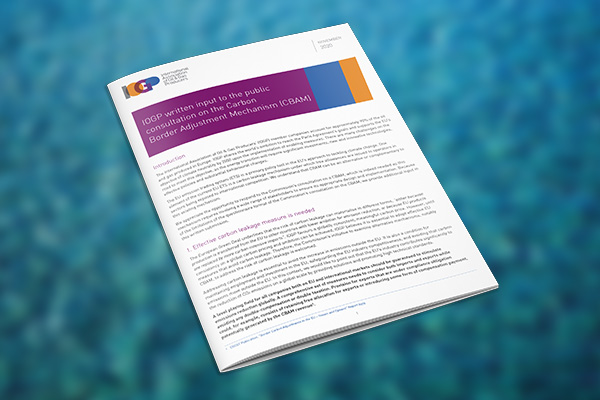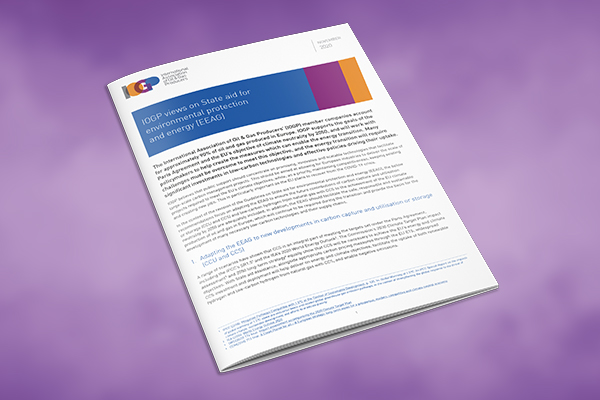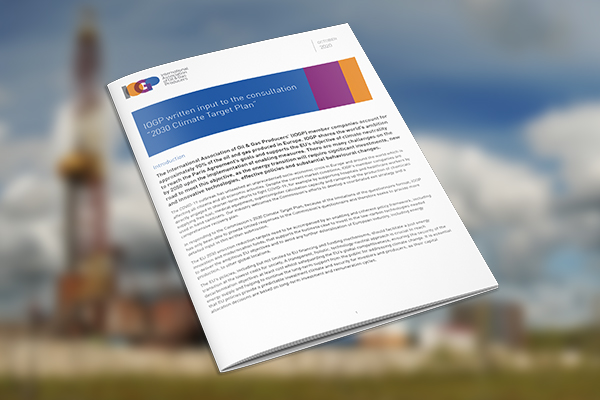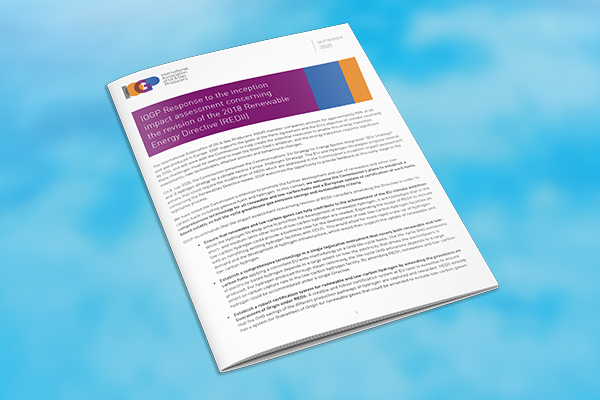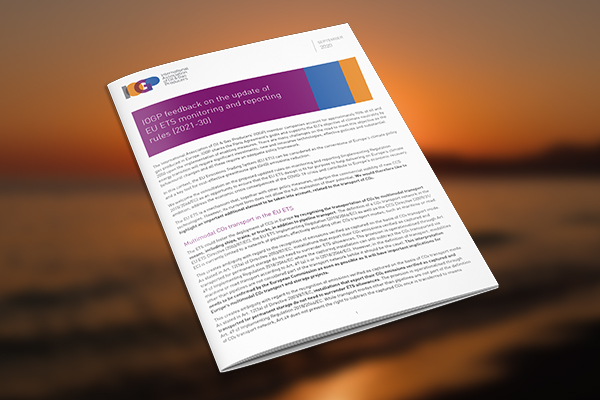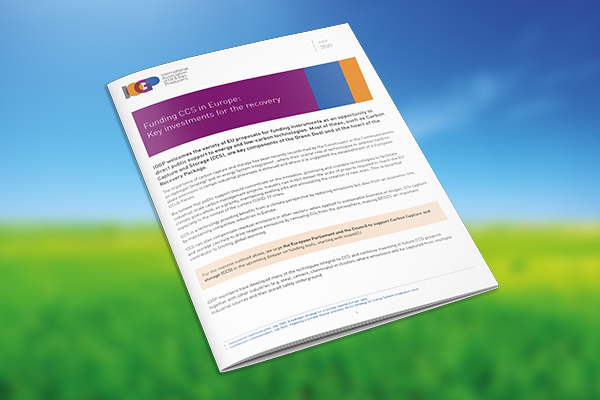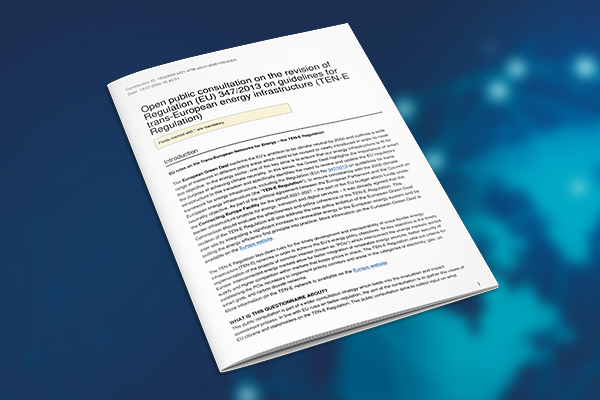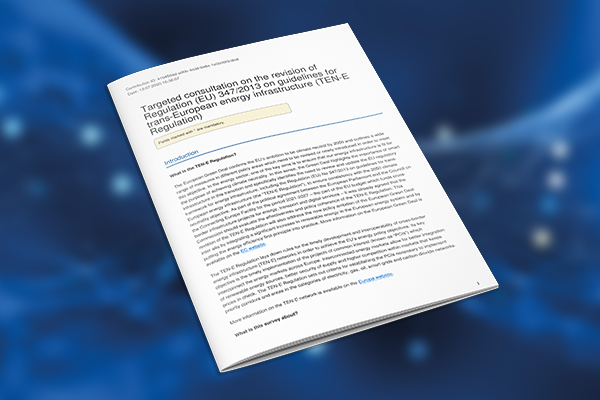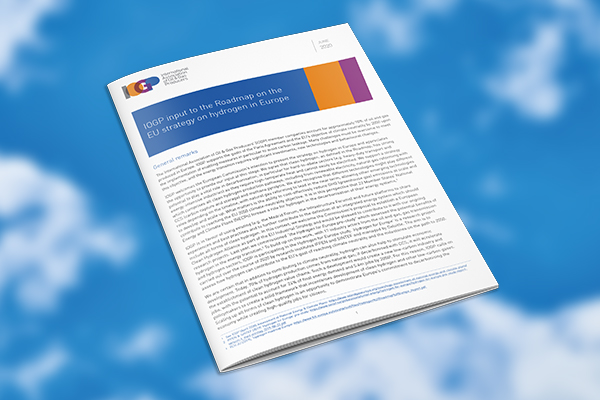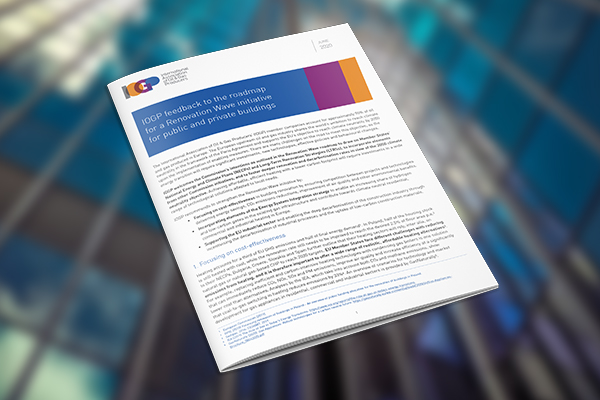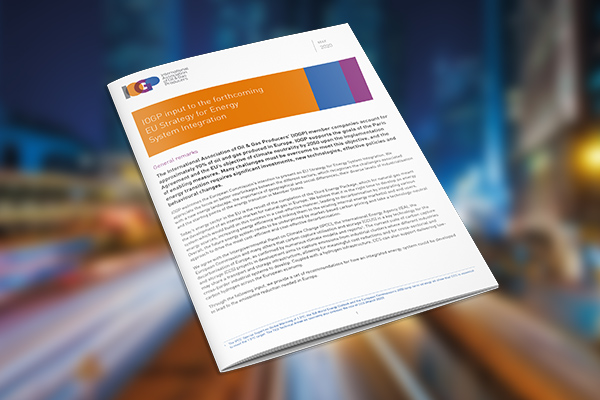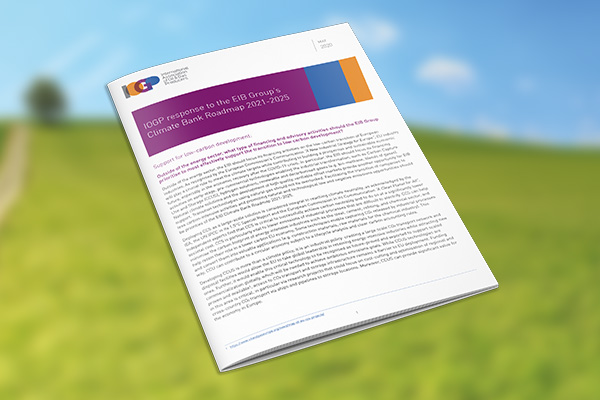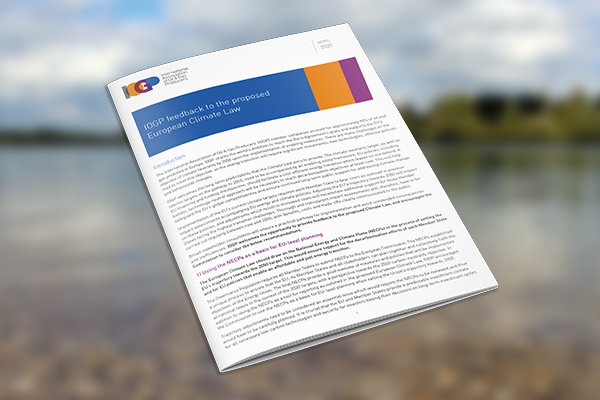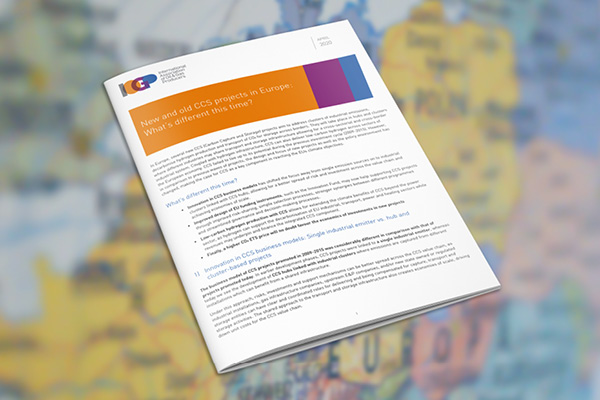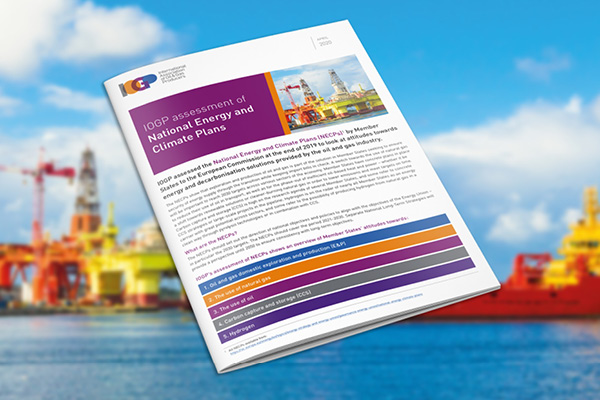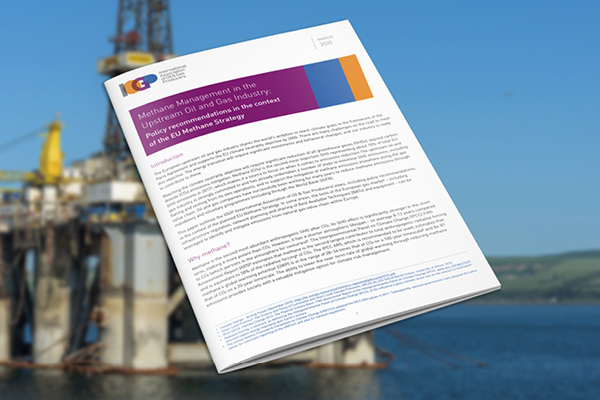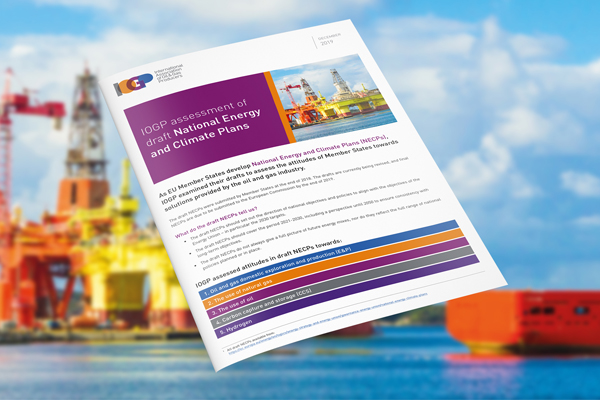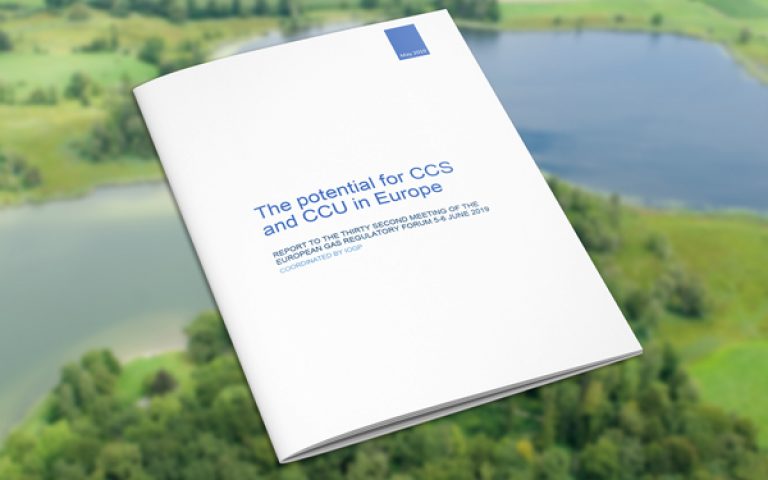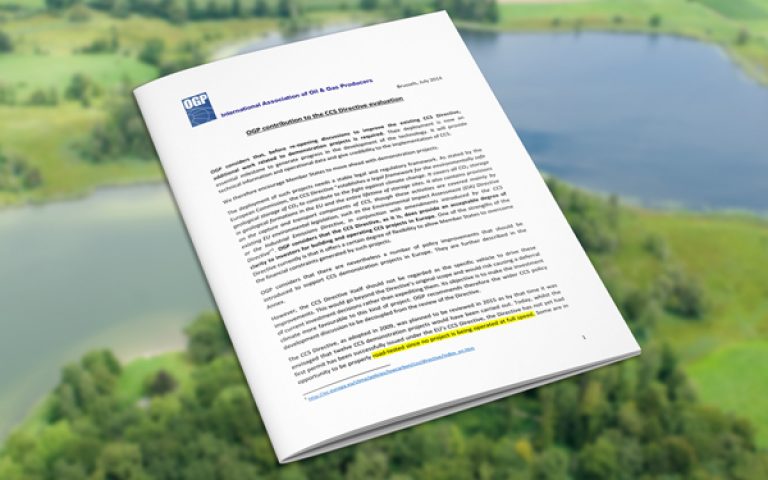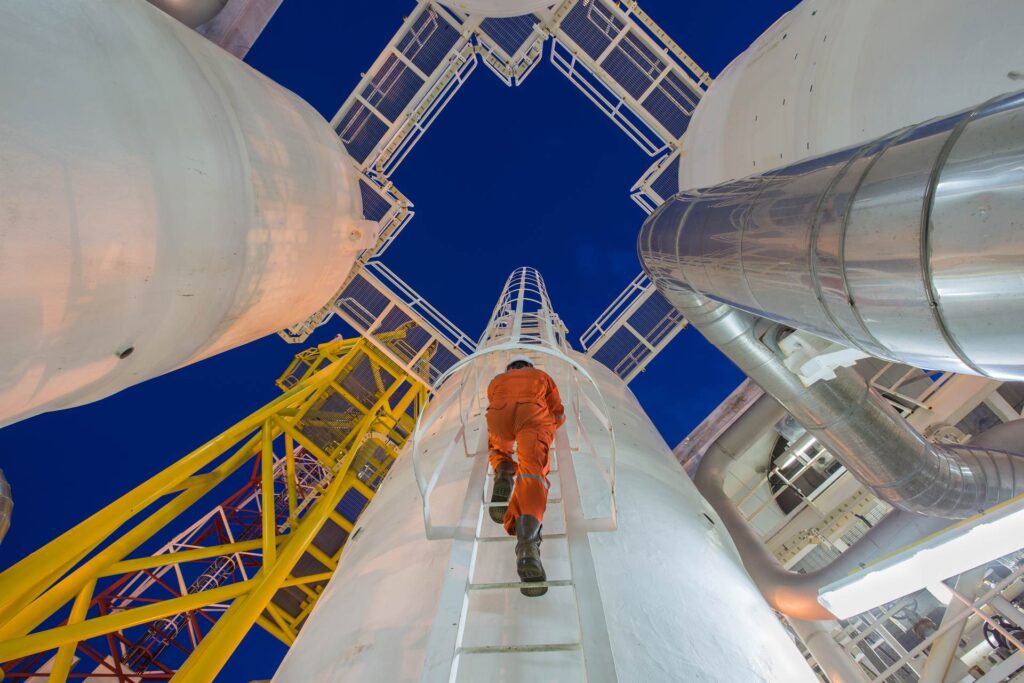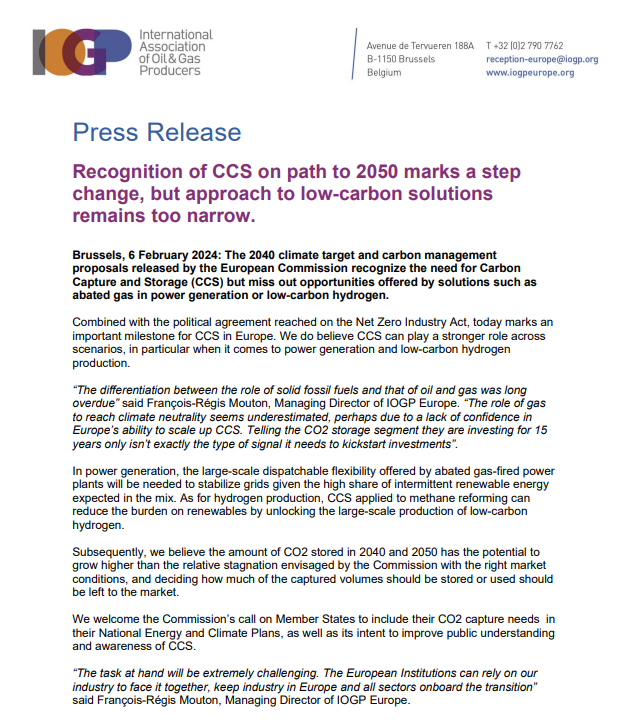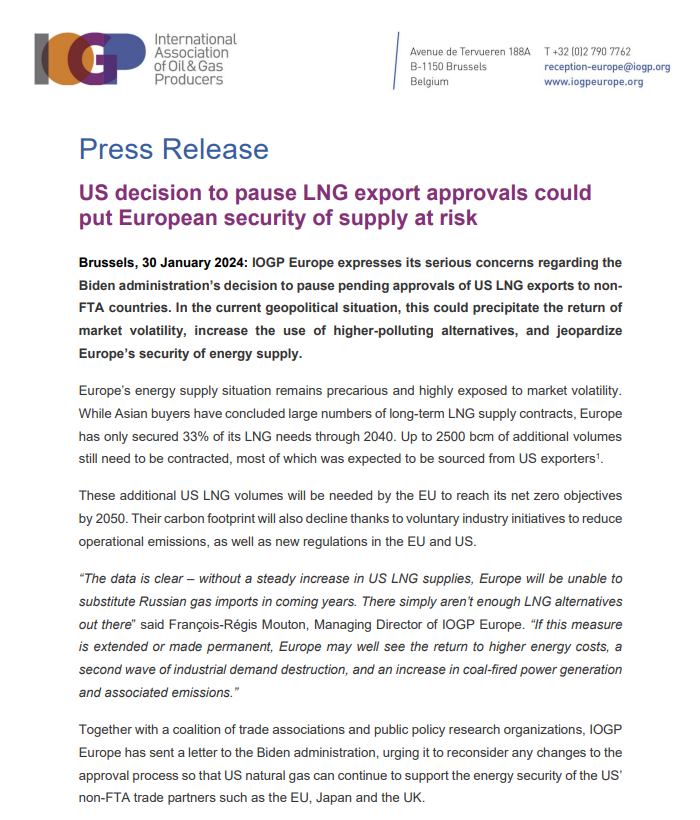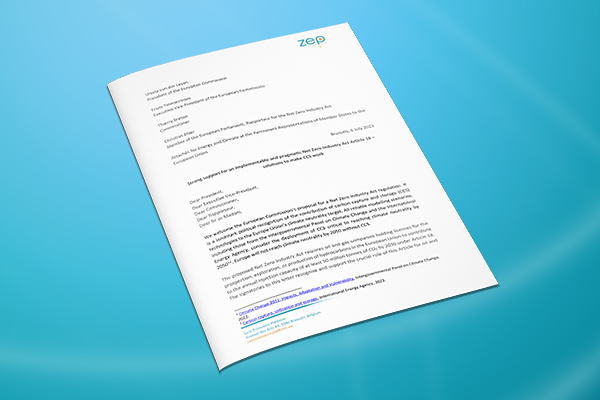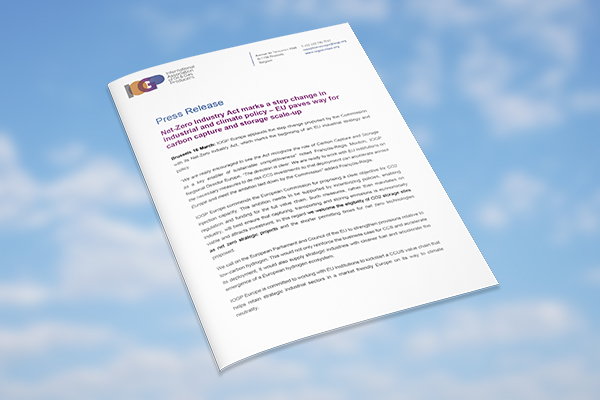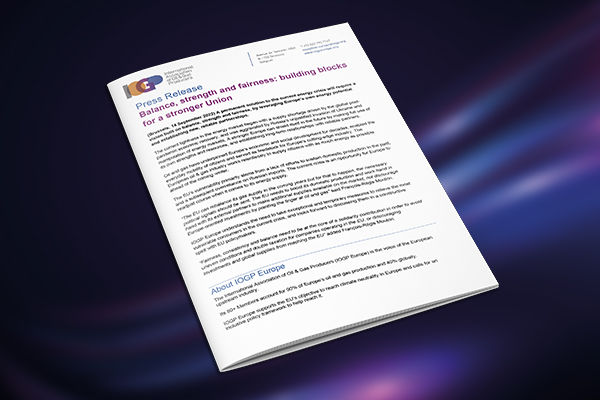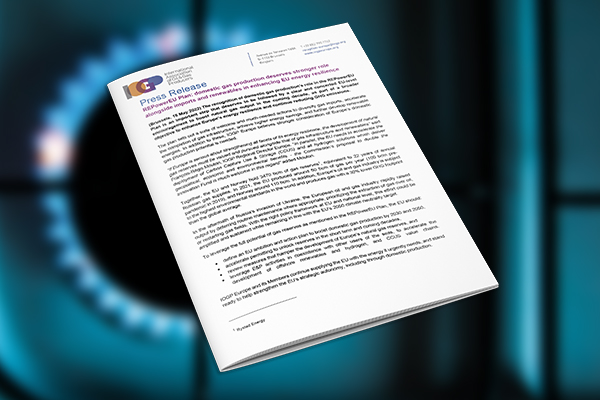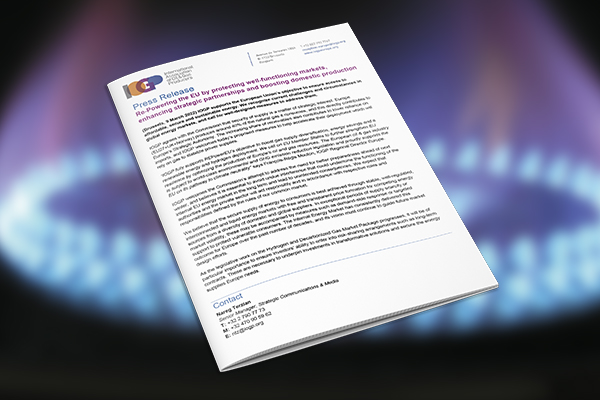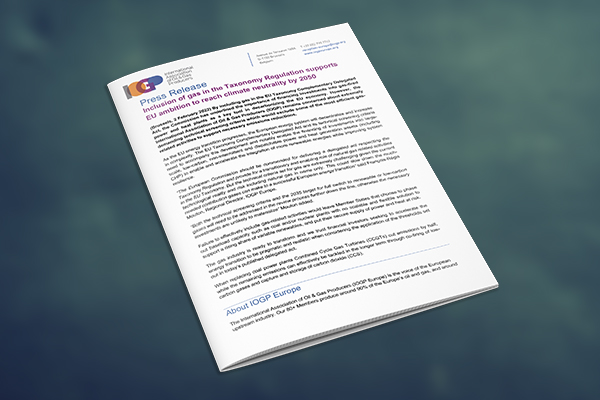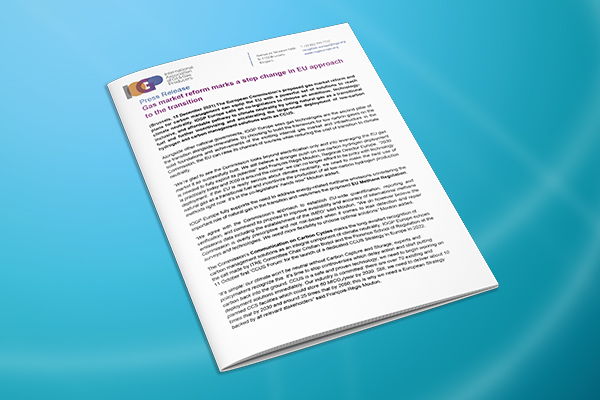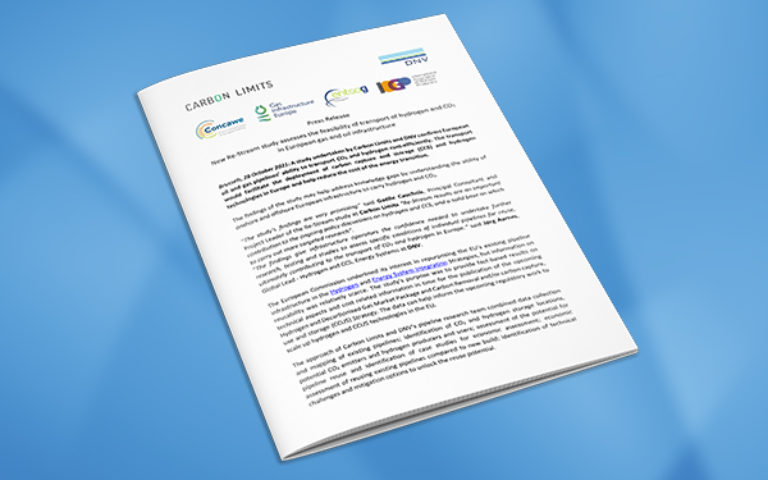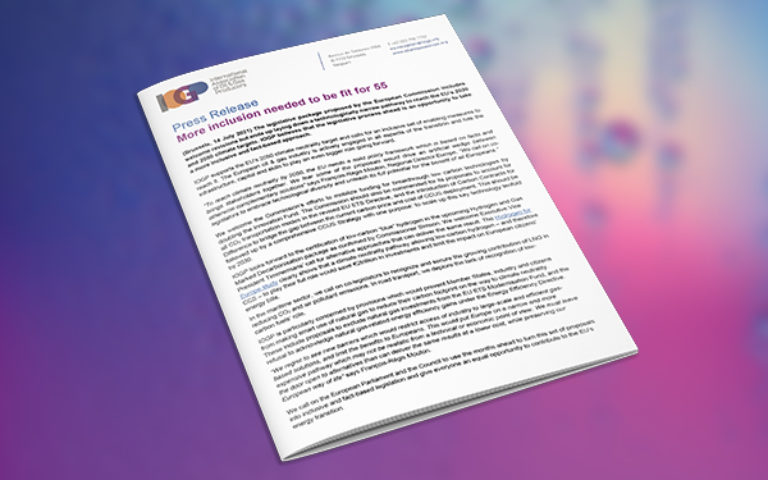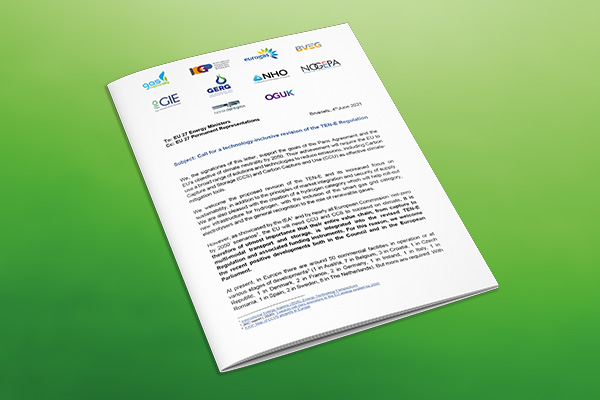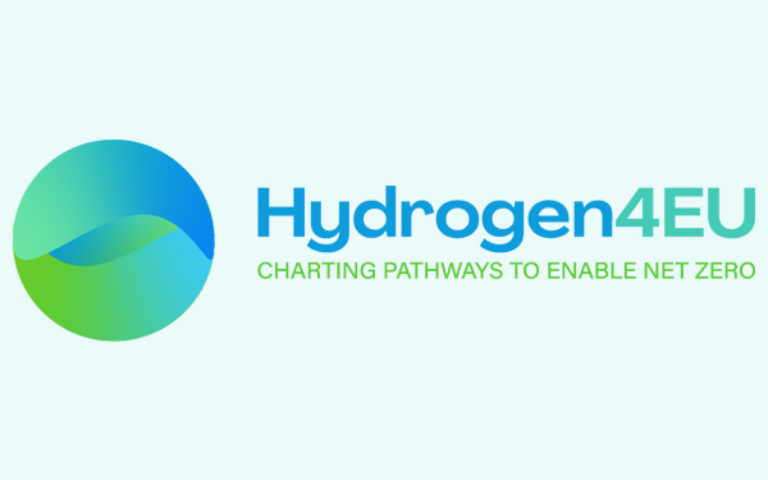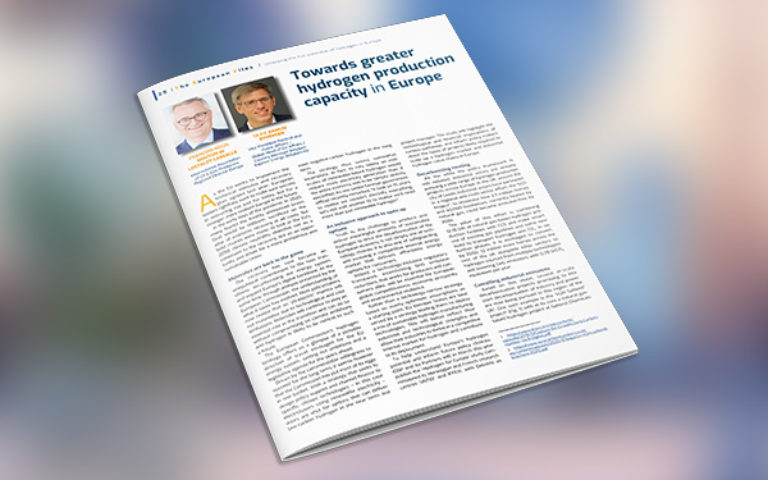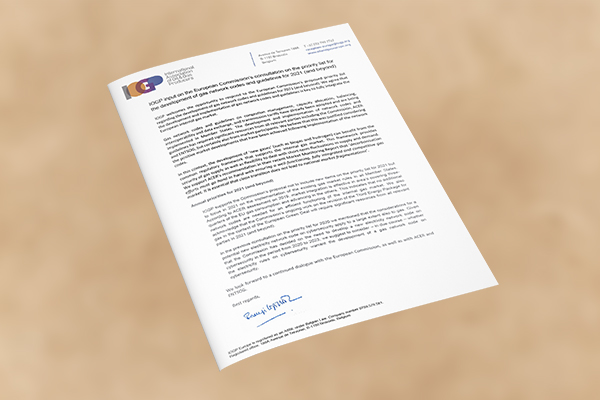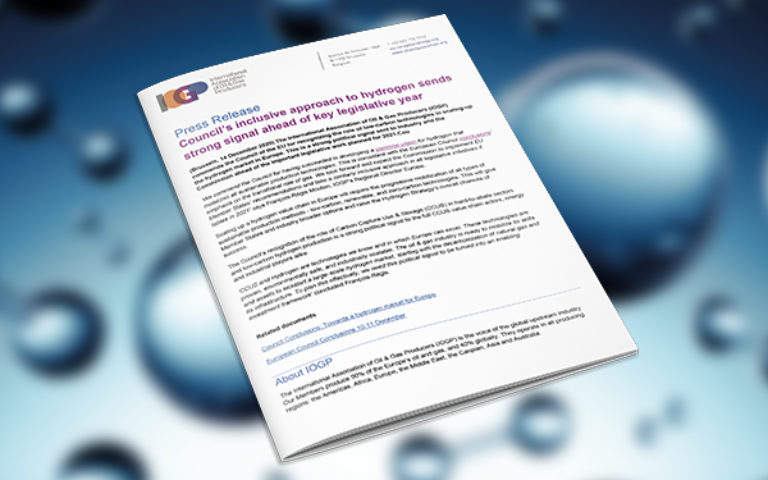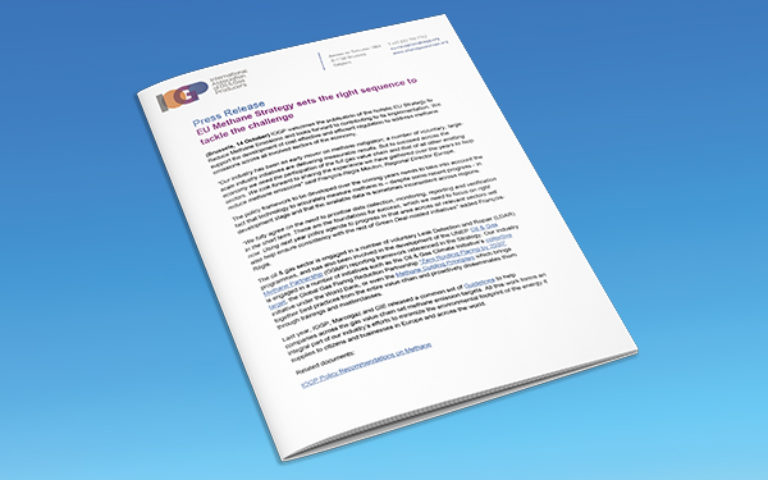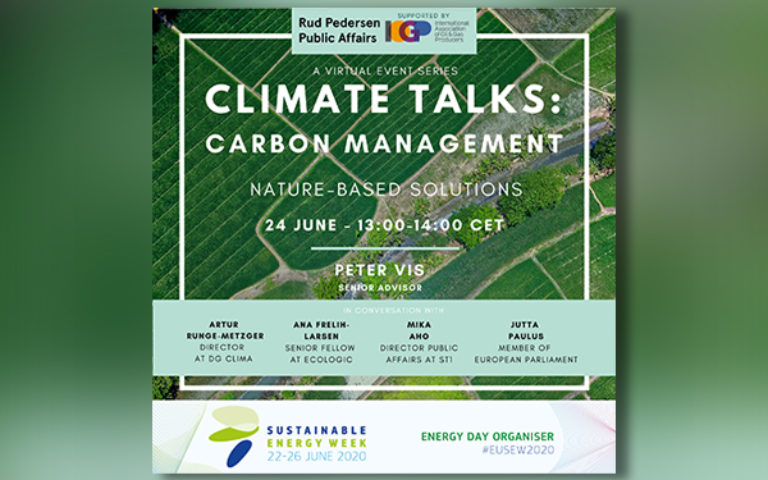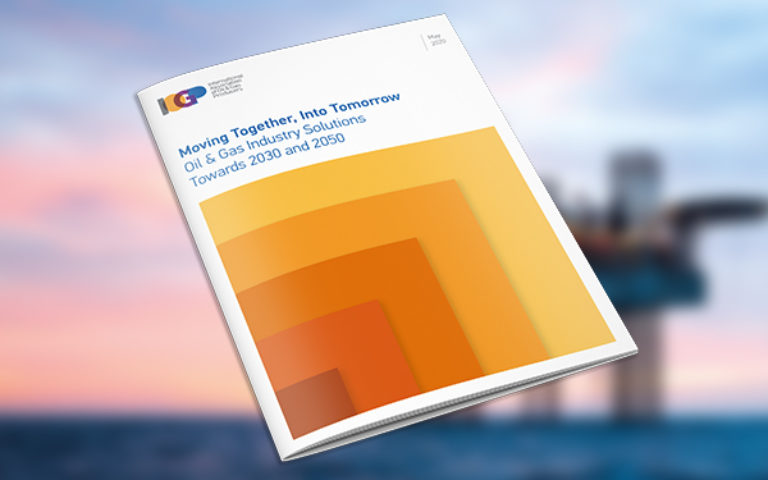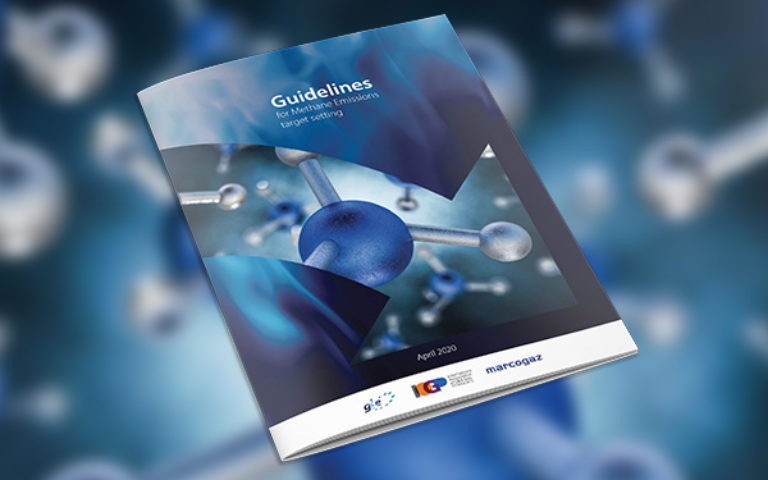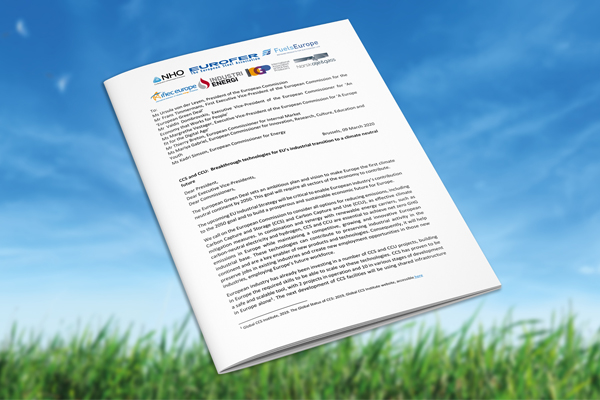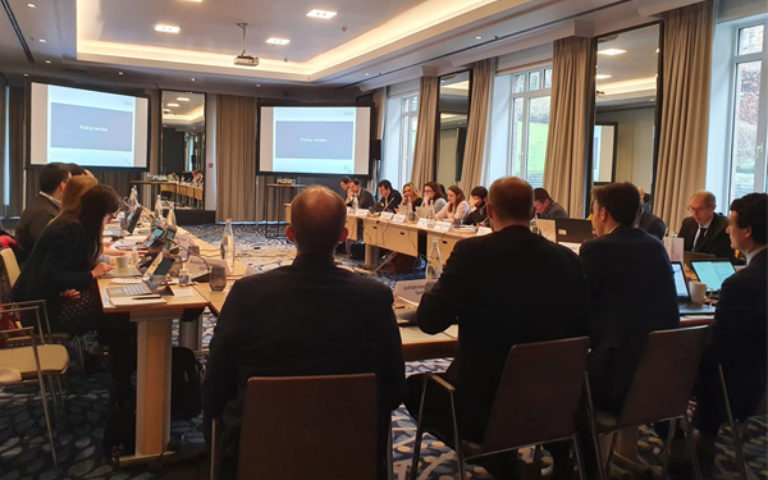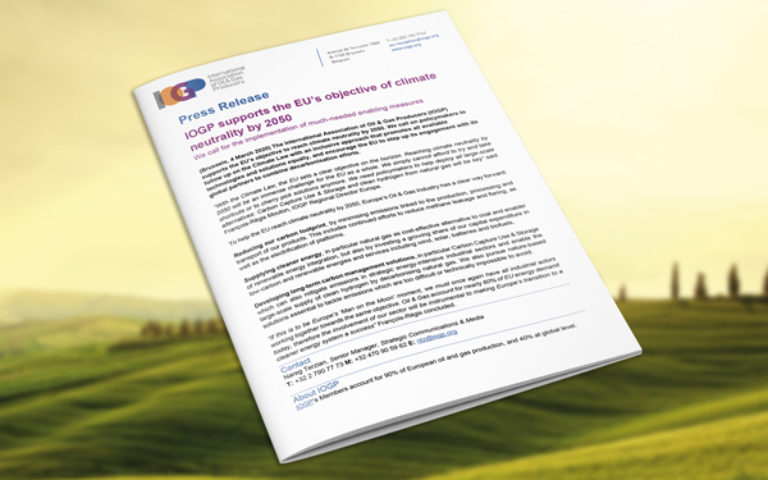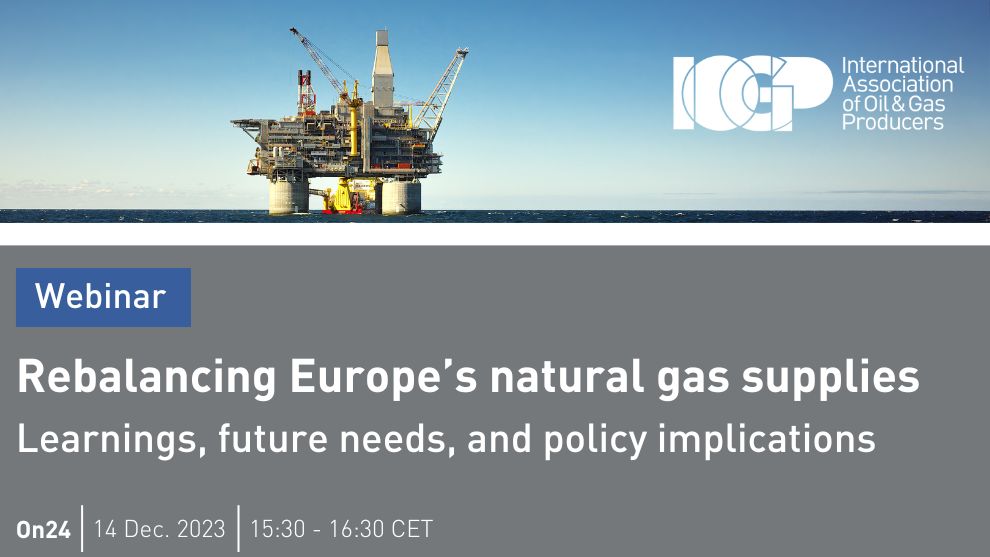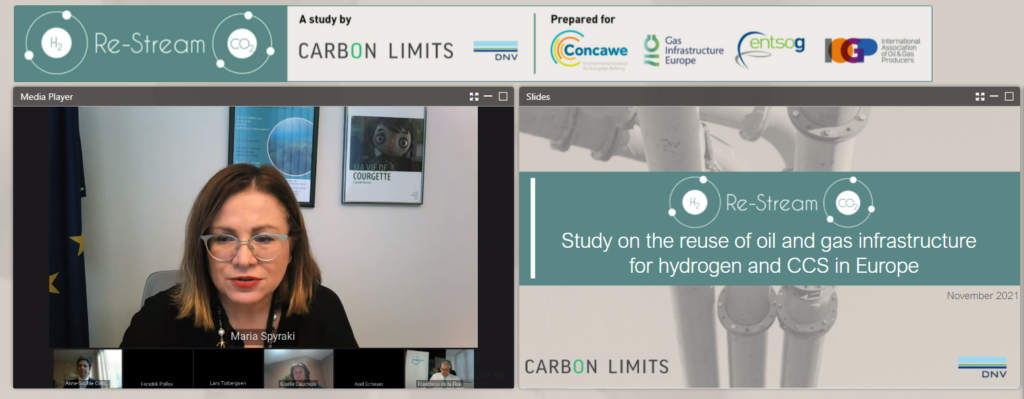Joint EGEC-IOGP Europe recommendations: Accelerating the deployment of Geothermal in Europe
October 2024
The European Union (EU) is striving to become the world's first climate-neutral continent by 2050. However, deploying sufficient clean and affordable energy to decarbonize its economy while remaining globally competitive remains a significant challenge. To address this, the EU needs to adopt a technology-neutral approach, supporting a broad spectrum of available clean energy technologies.
Geothermal energy has the potential to cover around 25% of heating and cooling and around 10% of electricity in Europe by 2030.[1] In addition to electricity generation and district heating and cooling, geothermal energy can complement other energy sources, enhancing energy security by providing a stable, local, and low-emission solution. Moreover, geothermal energy is already used in Iceland, Italy, Germany, Croatia, Hungary, Turkey, and France, for electricity generation, heating, and cooling[2], with other countries and cities in Europe following this example[3].
To accelerate the deployment of Geothermal, the EU should consider strategic funding, policy support, risk management, and collaboration with other renewables, alongside public engagement and regulatory frameworks for new technologies.
Leveraging oil and gas expertise for geothermal energy development
The oil and gas sector has developed a range of skills that are directly applicable to the geothermal industry. These include advanced drilling techniques, well production, and completion strategies, as well as extensive knowledge in geoscience and formation evaluation. Additionally, expertise in reservoir engineering and the management of surface production facilities can greatly benefit geothermal energy projects. These capabilities can seamlessly transition to support the exploration and development of geothermal resources, leveraging existing technological advancements and infrastructure.
Advantages of geothermal compared to other renewable sources of energy
Geothermal energy offers several unique advantages compared to other renewable energy sources like solar, wind, hydro, and biomass. Here are some of the key added values of geothermal energy:
- It is one of the most reliable renewable energy sources because it is not dependent on weather conditions, unlike solar and wind energy. Geothermal power plants can operate 24/7, providing a constant and stable power output regardless of time of day or season.
- Geothermal energy production has a relatively small physical footprint per unit of electricity, heating and cooling generated, especially when compared to solar farms or wind farms that require large areas to be effective.
- Geothermal plants typically have a high capacity factor, which means they can operate at close to their maximum power output most of the time. This efficiency is significantly higher than that of solar and wind energy systems, which can fluctuate widely based on environmental conditions. Moreover, geothermal plants typically have long operational lifespans, with many facilities operating for several decades.
- Geothermal energy is environmentally friendly, emitting very low levels of greenhouse gases compared to fossil fuels and even lower than some other renewables when considering the full lifecycle of the technology.
- Beyond electricity generation, geothermal energy can be used for heating purposes such as district heating, greenhouse heating, and in industrial processes. It can also be used for cooling purposes in buildings, industry and agriculture. Moreover, various critical raw materials (e.g.: lithium) can be extracted from geothermal brines used in energy production, therefore contributing to European independence in the area of critical raw materials.
- In regions with accessible geothermal resources, these plants can help stabilize local energy markets with their consistent output, potentially leading to lower electricity costs over time. Moreover, geothermal projects can create local jobs in construction, operation, and maintenance.
- Once a geothermal power plant is established, the operational costs are relatively low compared to other forms of power generation. The primary energy source—heat from the earth—is free and abundant, leading to lower fuel costs.
- Moreover, large-scale closed-loop geothermal systems (CLGSs) offer a promising solution for expanding the use of geothermal energy. They provide a reliable, 24/7 baseload for electricity, heating and cooling production without relying on natural aquifers.
Recommendations
- Increased EU funding to leverage private capital, streamlined permitting processes, and a more substantial integration of geothermal energy into NECPs are essential for quicker deployment and prioritization within renewable energy frameworks.
- Funding at Member States level is crucial to address the high costs and risks, particularly in case of deep geothermal drilling. While some European countries have implemented "discovery risk insurance" models, a unified European approach would be more efficient and accelerate projects across the EU. The model should build on existing national frameworks, with adequate budgets and clear project criteria for eligibility.
- Supporting schemes should value the weather-independent nature of geothermal energy, and should be devised in a way that geothermal projects can successfully compete with other types of renewable electricity projects with lower upfront investment costs.
- Synergies with other renewable sources and energy storage solutions should be emphasized for a stable energy mix.
- Public support for R&D, industry-academia-government collaboration, public education campaigns, and community engagement are essential to improve geothermal technology, build public trust, and promote the benefits and safety of geothermal energy.
- A legal framework for new technologies such as CLGSs could lead to a faster development of European geothermal projects.
[1] EGEC Geothermal Market Report 2022
[2] According to the Government of Iceland, in 2016 geothermal energy provided about 65% of primary energy. The main use of geothermal energy is for space heating, with the heat being distributed to buildings through extensive district-heating systems. About 85% of all houses in Iceland are heated with geothermal energy.
